Scientific Instruments | General Awareness - Bank Exams PDF Download
Introduction
- Science has helped in making our lives easier and better. The scientific study requires carrying out various experiments and analyzing the data that is obtained. Various instruments act as aids in this pursuit of knowledge.
- Here is a list of some important scientific instruments that you must know about. Remember that this is just a suggestive list and not exhaustive by any count. Use this as a tool to aid and forward your preparation.

- Altimeter: Measures altitude (usually used in aircraft).
- Audiometer: Measures the intensity of sound.
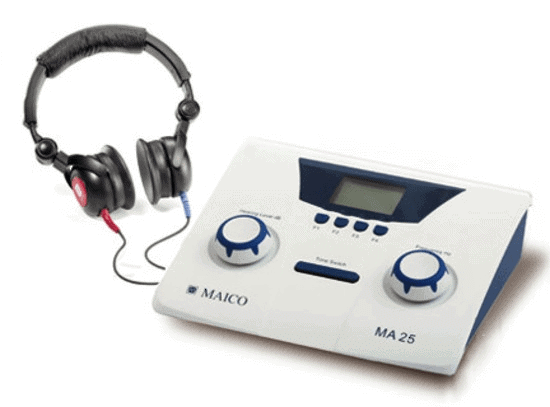 Audiometer
Audiometer - Accumulator: It is used to store electrical energy.
- Ammeter: It measures the strength of electric current (in amperes).
- Anemometer: It measures the force and velocity of the wind.
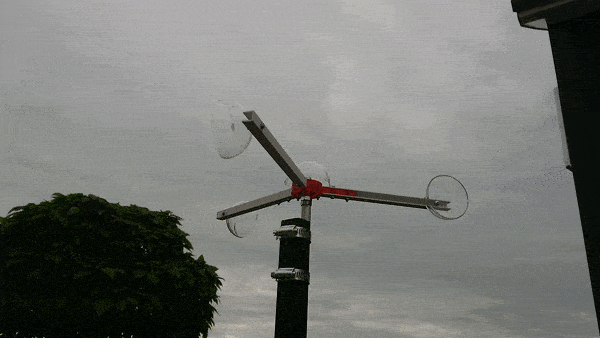 Anemometer
Anemometer
- Audiphones: It is used for improving the imperfect sense of hearing.
- Barograph: It is used for continuous recording of atmospheric pressure.
- Barometer: It measures atmospheric pressure.
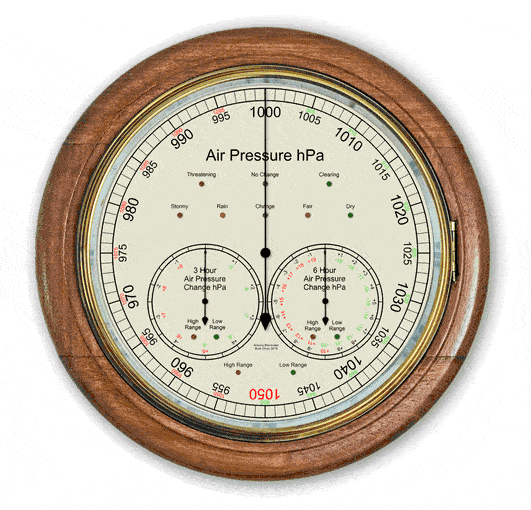 Barometer
Barometer - Binocular: It is used to view distant objects.
- Bolometer: Measures heat radiation.
- Colorimeter: Compares the intensity of colours.
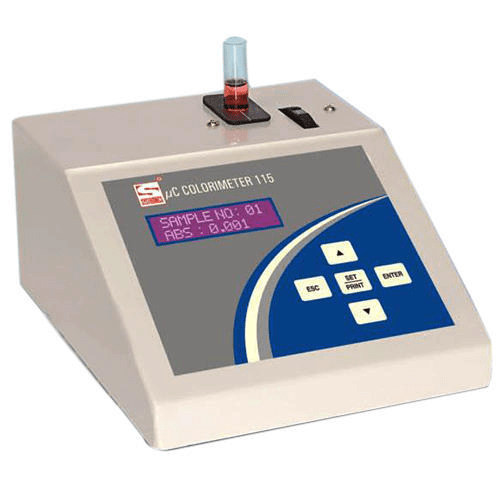 Colorimeter
Colorimeter - Calorimeter: It measures the quantity of heat.
- Carburetor: It is used in an internal combustion engine for charging the air with petrol vapour.
- Cardiogram: It traces movements of the heart, recorded on a cardiograph.
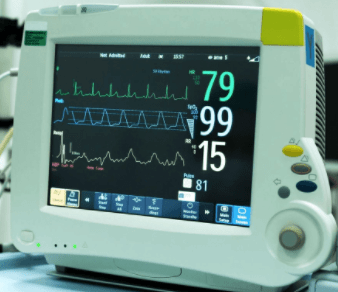
- Chronometer: It determines the longitude of a place on a ship.
- Cinematograph: It is an instrument used in cinema making to throw on screen an enlarged image of the photograph.
- Commutator: An instrument to change or remove the direction of an electric current; in dynamo used to convert alternating current into direct current.
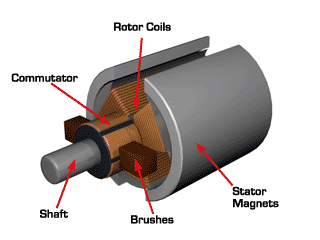 Commutator
Commutator - Crescograph: It measures the growth of plants.
- Cyclotron: A charged particle accelerator that can accelerate charged particles to high energies.
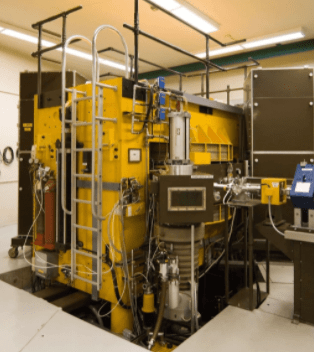
- Dynamometer: It measures force, torque, and power.
- Dynamo: Converts mechanical energy to electrical energy.
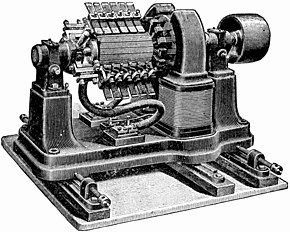
- Electroscope: Detects the presence of an electric charge.
- Endoscope: It examines the internal parts of the body.
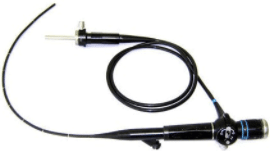
- Eudiometer: A glass tube for measuring volume changes in chemical reactions between gases.
- Fathometer: It measures the depth of the ocean.
- Galvanometer: It measures the electric current of low magnitude.
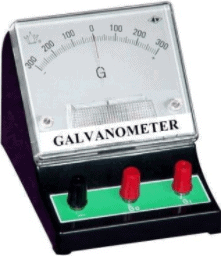
- Hydrometer: It measures the specific gravity of liquids.
- Hydrophone: It measures sound underwater. Converts acoustic energy into electrical energy (used in passive underwater systems).
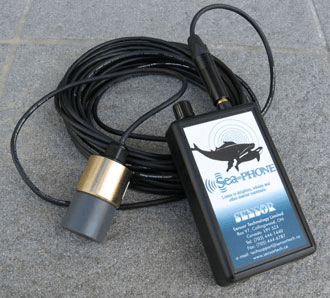
- Hygrometer: Measures moisture content in the atmosphere.
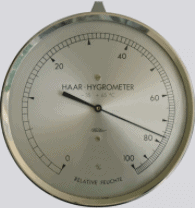
- Kymograph: It graphically records physiological movements (blood pressure and heartbeat).
- Lactometer: It determines the purity of milk.
- Manometer: It measures the pressure of gases.
- Mariner’s compass: It is an instrument used by the sailors to determine the direction.
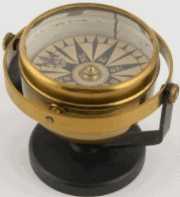
- Microphone: It converts the sound waves into electrical vibrations and magnifies the sound.
- Microscope: It is used to obtain a magnified view of small objects.
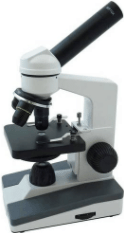
- Ohmmeter: Measures electric resistance in objects.
- Odometer: An instrument by which the distance covered by wheeled vehicles is measured.
- Periscope: It is used to view objects above sea level (used in submarines).
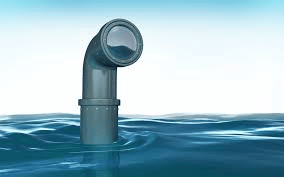
- Phonograph: An instrument for producing sound.
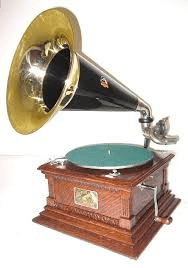
- Potentiometer: It is used for comparing the electromotive force of cells.
- Photometer: Compares the luminous intensity of the source of light.
- Pyrometer: Measures the temperature of a surface (usually used for very high temperatures).
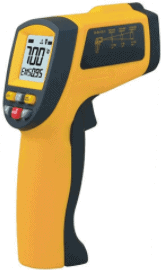
- Pyknometer: Determines the density and coefficient of expansion of liquids.
- Quartz Clock: A highly accurate clock used in astronomical observations and other precision work.
- Radar: Radio, angle, detection, and range are used to detect the direction and range of an approaching airplane by means of radio microwaves.
- Rain Gauge: An apparatus for recording rainfall at a particular place.
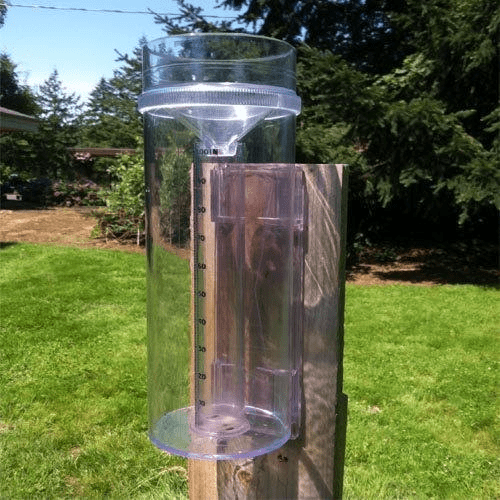
- Rectifier: An instrument used for the conversion of AC into DC.
- Radiometer: Measures the emission of radiant energy (radiant flux of electromagnetic radiation).
- Refractometer: Measures refractive index.
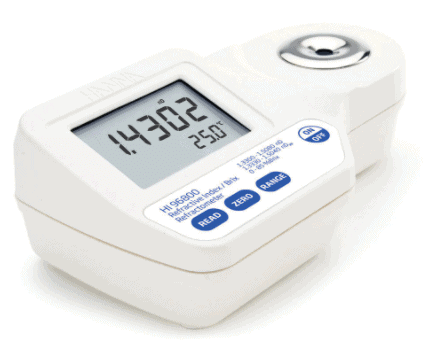
- Salinometer: Determines the salinity of the solution.
- Seismograph: Measures the intensity of earthquake shocks.
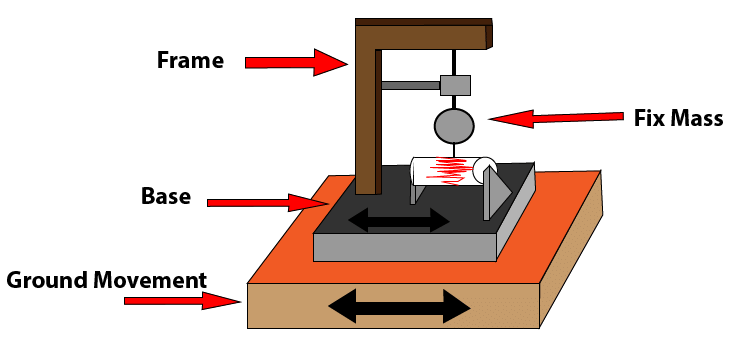
- Spherometer: Measures curvature of spherical objects.
- Saccharimeter: It measures the amount of sugar in the solution.
- Sextant: This is used by navigators to find the latitude of a place by measuring the elevation above the horizon of the sun or another star.
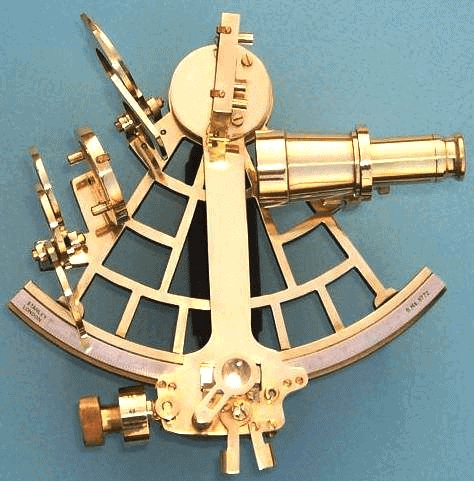
- Spectrometer: It is an instrument for measuring the energy distribution of a particular type of radiation.
- Spectroscope: An instrument used for spectrum analysis.
- Speedometer: It is an instrument placed in a vehicle to record its speed.
- Sphygmomanometer: It measures blood pressure.
- Stereoscope: It is used to view two-dimensional pictures.
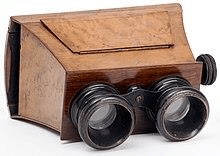
- Stethoscope: An instrument that is used by doctors to hear and analyze heart and lung sounds.
- Stroboscope: It is used to view rapidly moving objects.
- Tachometer: An instrument used in measuring the speeds of aeroplanes and motorboats.
- Teleprinter: This instrument receives and sends typed messages from one place to another.
- Theodolite: It measures horizontal and vertical angles.
- Thermometer: This instrument is used for the measurement of temperatures.
- Thermostat: It regulates the temperature at a particular point.
- Transistor: A small device that may be used to amplify currents and perform other functions usually performed by a thermionic valve.
- Telescope: Views distant objects in space.
- Udometer: It is used to measure the amount of liquid precipitation over a set period of time. It is also called Rain Gauge.
- Vernier: An adjustable scale for measuring small subdivisions of scale.
- Viscometer: Measures the viscosity of liquids.
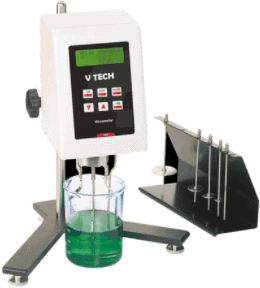
- Voltmeter: Measures the electric potential difference between two points.
- Watt Meter: The wattmeter is an instrument for measuring the electric active power in watts of any given circuit.
- Wind Vane: A wind vane (also known as a weather vane) is an instrument that tells you the wind direction.
- Zymometer: an instrument for measuring the degree of fermentation.
|
370 videos|749 docs|149 tests
|
FAQs on Scientific Instruments - General Awareness - Bank Exams
| 1. What is a scientific instrument? |  |
| 2. What are some examples of scientific instruments? |  |
| 3. How do scientists choose the right scientific instrument for an experiment? |  |
| 4. What is the importance of using scientific instruments in research? |  |
| 5. How do advancements in scientific instruments impact scientific research? |  |

















